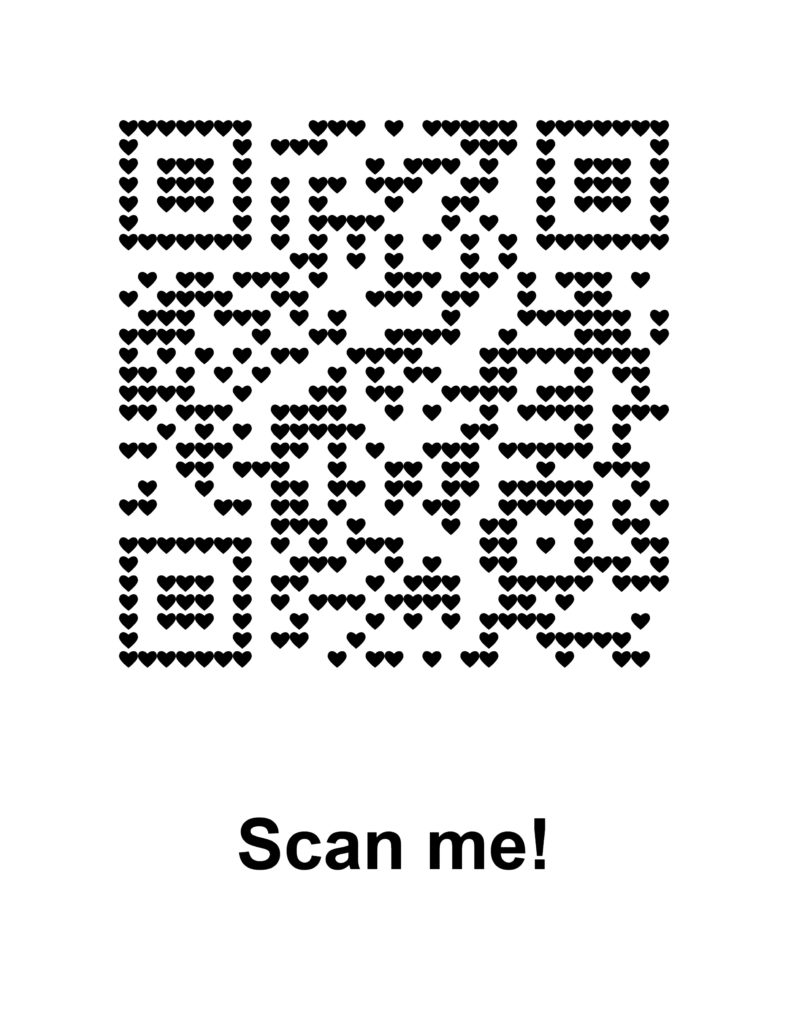Fats, Oil and Grease – also called FOG in the wastewater business – can have negative impacts on wastewater collection and treatment systems. Most wastewater collection system blockages can be traced to FOG. Blockages in the wastewater collection system are serious, causing sewage spills, manhole overflows, or sewage backups in homes and businesses. Two types of FOG pollutants are common to wastewater systems. Petroleum-based oil and grease (non-polar concentrations) occur at businesses using oil and grease and can usually be identified and regulated by municipalities through local limits and associated pretreatment permit conditions. Animal and vegetable-based oil and grease (polar concentrations) are more difficult to regulate due to the large number of restaurants in every community.

FOG buildup in sewer lines has many harmful and costly effects. Sewer backups into homes create a health hazard as well as an unpleasant mess that can cost hundreds and sometimes thousands of dollars to clean up. FOG can also enter storm drains and flow directly into water bodies and onto beaches creating serious environmental and health conditions.
Homeowners: Properly Dispose of Cooking Oil and Grease
Cooking oil and grease are wastes that the City’s sewer system cannot handle and should not be discarded down the drain. Dumping grease, fats, and oil can clog sewer lines, causing sewage back-ups and flooding. Sewage back-ups can damage personal and public property.

Here’s how you can help:
DO NOT dump cooking oil, poultry fat and grease into the kitchen sink or the toilet bowl.
DO NOT dump cooking oil, poultry fat and grease into the kitchen sink or the toilet bowl.
DO NOT use hot water and soap to wash grease down the drain, because it will cool and harden in your pipes or in the sewer down the line.
DO place cooled cooking oil, poultry and meat fats in sealed non-recyclable containers and discard with your regular garbage.
DO place cooled cooking oil, poultry and meat fats in sealed non-recyclable containers and discard with your regular garbage.
DO use paper towels to wipe residual grease or oil off of dishes, pots and pans prior to washing them.
Recycle Used Motor Oil
When poured down house or storm drains, used motor oil may travel to your local stream, bay, or harbor, where it can harm underwater vegetation and aquatic life.
DO NOT dump used motor oil into street or house drains.
DO put used motor oil in a sturdy container, such as a plastic milk jug, and take it to your local service station for recycling.
Tips for Businesses Managing FOG
See Best Management Practices link, below.
- Strain or filter oil in deep fryers to extend the life of the cooking oil.
- Control the temperature of deep fryers to prevent oil from scorching and extend its life. Less oil in the grease interceptor means money saved in pumping and in new oil purchased.
- Recycle cooking oils and leftover grease into a storage container such as a barrel or bucket. Remember that grease is valuable — grease and oil can be recycled into other useful products. See your Yellow Pages for “grease traps” or “greases” to find grease collection companies or grease trap service providers.
- Instruct staff to be conservative about the use of FOG in food preparation.
- Don’t use your garbage disposal to grind up FOG and flush it down the drain.
- Use dry cleanup methods to reduce water consumption and save money! Remove FOG and food waste from pans by scraping or wiping before using water. Use rubber scrapers to remove FOG from cookware.
- Use absorbent paper to soak up FOG under fryer baskets.
- Use paper towels to wipe down work areas. Cloth towels will accumulate grease that will eventually end up in your drains when washing.
- Minimize the use of dish soap in dishwashing operations. Dish soap emulsifies FOG and enables it to pass through a grease interceptor. It will later coagulate in sewer lines.
- Maintain your grease trap. Many restaurants have a grease trap installed in the kitchen. In order to keep your grease trap working properly, you’ll need to have it cleaned periodically, according to the manufacturer’s specifications.
Proper disposal method for FOG
- Wipe pots, pans and work areas prior to washing.
- Dispose of food waste directly into the trash.
- Collect waste oil and store for recycling.
- Clean mats inside over a utility sink.
Sources of FOG
- Butter, margarine or shortening.
- Lard/cooking oil or grease from cooked meats
- Cream, sauces or gravy, soup
- Salad dressing, mayonnaise, sour cream
- Peanut butter
- Food Scraps
- Meat
- Food scraps
- Dairy products



